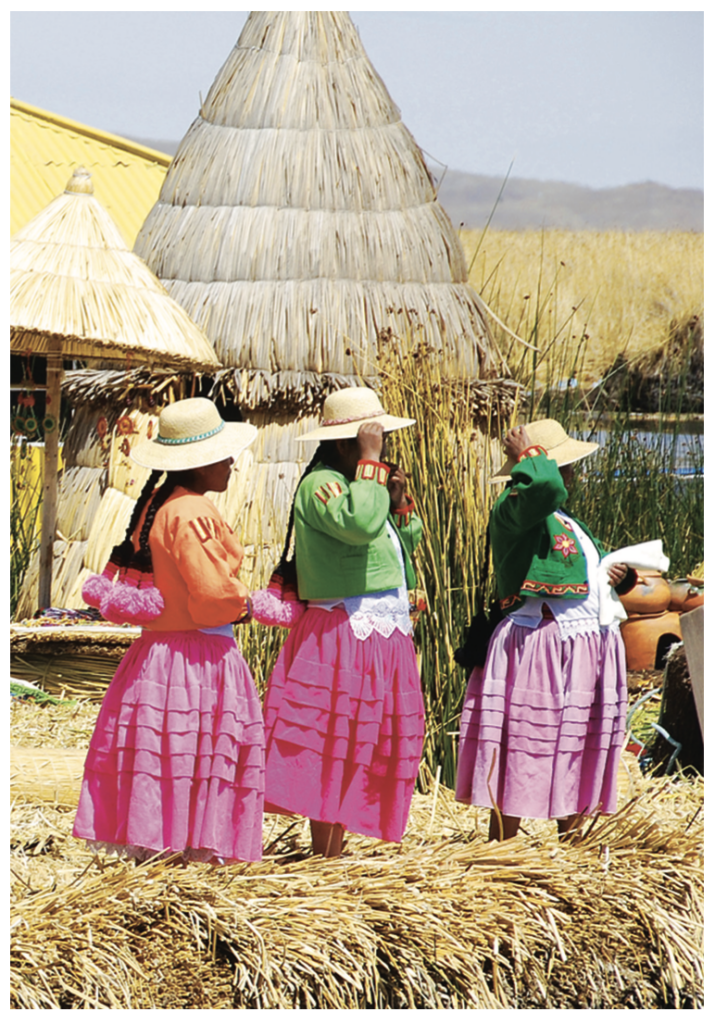PERU: LAKE TITICACA!
Manco Capac, according to legend, emerged from the cold waters of Lake Titicaca, 3,800 meters above sea level, and was the first of the Incas. Birthplace of the Incan civilization, Lake Titicaca is full of folklore
and a haven of vast landscapes. Discover Puno and its surrounding scenery, glistening with plains, mountains and lakes in the heart of the altiplano!
The city of Puno is Lake Titicaca’s most important Peruvian port. Often called Peru’s “Folkloric Capital”, Puno has different festivals and ceremonies all year round, including the Virgin of Candelaria Festival, deemed an Intangible Cultural Heritage by UNESCO. Among the must-see sights are the Menor Cathedral, the Carlos Dreyer and de la Coca y Costumbres Museums, where many Native American pieces are on display, as well as Quechua and Aymara traditional costumes.
About 30 kilometers inland, Sillustani is an enchanting stop-off and well worth the visit for landscape lovers. At the edge of Umayo Lake, surrounded by plains of golden grass gently swaying in the wind, you’ll find the chullpas ruins, a group of large, round pre-Incan tombs reaching up to 12 meters high.
Half an hour from Puno, the Uros Islands are a true escape. On these manmade floating islands of woven reeds, the Uros have constructed a village with their own houses, schools and worship places.
An hour’s boat ride south is Taquile, one of the largest Peruvian islands of Lake Titicaca. This highly secluded spot has safeguarded a rare authenticity; the villagers
still practice their local customs while developing a sustainable tourism that goes along with their traditions. Walk on centuries-old stone paths and meet the Quechua weavers donning their typical, handmade headwear. Their renowned crafts have been recognized as Intangible Cultural Heritage by UNESCO.


